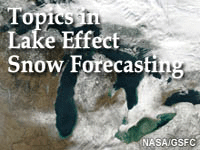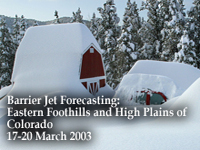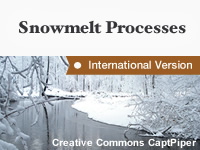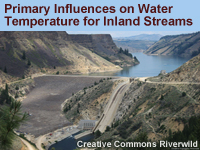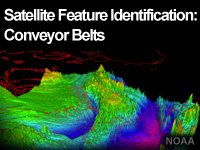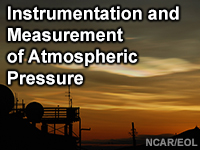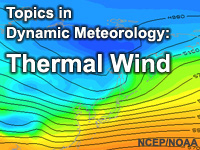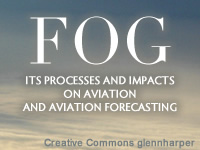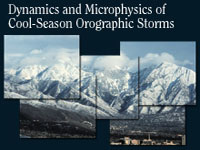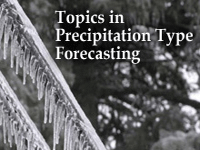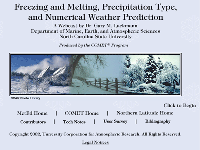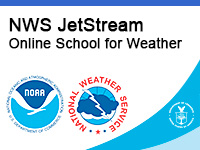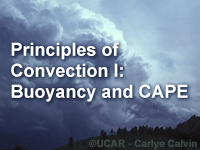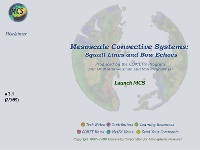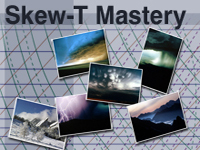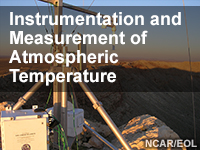
Instrumentation and Measurement of Atmospheric Temperature
Languages: English, Spanish
Optional
Publish Date: 2017-10-03
Skill Level: 2
Completion Time: 2.00 - 3.00 h
Topics:
Other
(703 ratings)This lesson offers a comprehensive overview of temperature measurement as related to the atmosphere, bodies of water, soils, and other parts of Earth’s surface. The lesson begins by defining temperature and why it is an important property to characterize. It provides ... Read more »
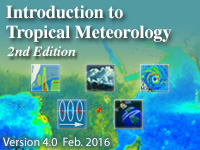
Introduction to Tropical Meteorology, 2nd Edition, Chapter 5: The Distribution of Moisture and Precipitation
Languages: English, Spanish
Optional
Publish Date: 2010-12-22
Last Updated On: 2016-03-04
Skill Level: 1
Completion Time: 1.50 - 2.00 h
Topics:
Climate, Convective Weather, Mesoscale Meteorology, Satellite Meteorology, Tropical/Hurricanes
(463 ratings)Moisture and precipitation distribution governs life in the tropics. Surplus heating and rising motion in the tropics ignites the global water and energy cycles and influences weather in the midlatitudes. This chapter presents the horizontal and vertical distribution of ... Read more »
